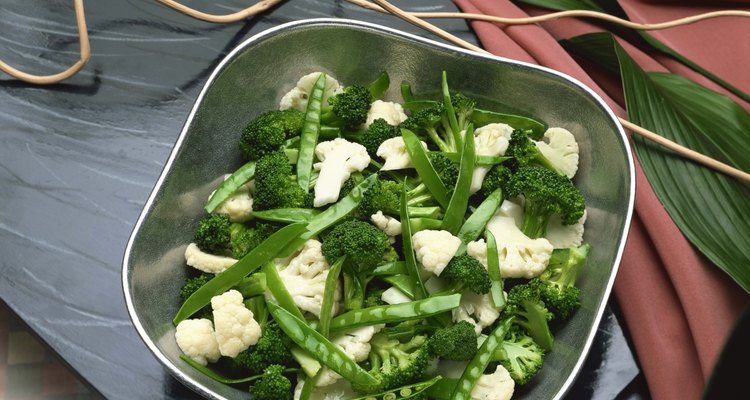
Food can lose much of its water-soluble vitamin C during processing and cooking. For foods that your family enjoys raw, such as citrus fruits and strawberries, vitamin C loss is less of a concern. Cooking vegetables and fruits in water removes as much as two-thirds of its vitamin C content. Restore this vital nutrient to your family's diet with new cooking techniques or use cooking liquids in other dishes.
Less Water
Blanching and boiling remain the biggest vitamin C thieves. Hot water cooks the water-soluble vitamin out of foods, so using less liquid means saving more nutrition. Instead of boiling your broccoli in water, try steaming it over a small amount of water. Not only will steamed broccoli florets retain their nutritional value, they'll also stay bushy and green when you steam them. Asparagus, another vitamin-packed vegetable, steams beautifully. Replace blanching in water with a quick steam bath for vegetables.
No Water
Waterless cooking methods retain a much higher percentage of the food's water-soluble vitamin content. Roasting, sauteing and stir-frying require no water for cooking. Each technique has its own flavor profile, and chances are your family will prefer these waterless techniques to boiling. Roasting imparts a delicious sweetness to root vegetables, squash and broccoli. The word "saute" comes from the French word for "jumping" and refers to the way small pieces of food hop in the pan as the chef tosses them; saute diced vegetables for a quick and vitamin-rich side. Stir-frying treats snow peas, bean sprouts and other delicate foods with the care they deserve, retaining their vitamins while flash-cooking them quickly enough to keep them crisp.
Keep the Water
Water-free cooking works for some vegetable dishes, but longer cooking methods typically call for water or another cooking liquid. Vitamin C will leave those tomatoes as you stew them, but you can keep the nutrients in the dish if you puree the water into the tomatoes to make a smooth red sauce. Soups and stews likewise keep their vitamins in the liquid that surrounds the chunks of vegetables, so encourage your kids to enjoy the broth along with the pieces of food.
Cook With the Water
If your family likes vegetables only after the greens have soaked in plenty of water for a lengthy boil, keep the water for other uses. Vegetable broth contains a large percentage of the vitamins that cook out of the food, so boil other foods in that broth to put those vitamins into other dishes. Not only will you enhance the nutritive value of rice or quinoa cooked in vegetable broth, you'll also enhance the flavor of the finished dish. Use leftover vegetable broth instead of milk to thin a cheese sauce for broccoli or mix it into dip and dressing mixes in place of water.
Skip the Cooking
Raw foods retain the most vitamin C. However, enticing little ones to eat raw broccoli, cauliflower or bell peppers can be a hard sell for parents. Try serving them with tasty dips and cut the vegetables into child-friendly sizes. Good kid-friendly dip choices include hummus, ranch dressing and sour cream mixed with seasoning mix. Sweet citrus fruits, berries, kiwi fruits and melons pack plenty of vitamin C in a flavorful presentation that children tend to accept more readily than raw vegetables. Serve them with a tangy yogurt-based sauce and you'll have a snack full of vitamin C and calcium.
Related Articles

Does Slow Cooking Take Nutrients Out of ...
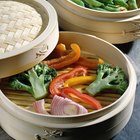
How to Cook Vegetables Without Losing ...

How to Roast Radishes, Parsnips, ...

Does Boiling Carrots Destroy the ...

How to Cook Crawfish
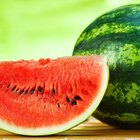
List of Foods With a High Water Content
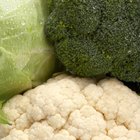
How to Steam Cauliflower & Broccoli

What Are the Benefits of Eating Red ...

How to Perfectly Cook Broccoli
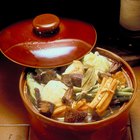
Are the Nutrients Lost in Slow Cooking?

Is the Slow Cooker a Healthy Way to ...

How to Blanch Bitter Greens for Italian ...
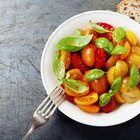
Nutritional Content of Steamed ...

How to Steam Vegetables in an Electric ...

Nutritional Values of Vegetables ...

How to Preserve Amino Acids in the ...

Do I Need to Steam Broccoli Before I ...

How to Cook With Freeze-Dried Vegetables
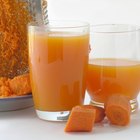
How to Live on a Diet With No Solid Food

Does Food Lose Nutritional Value After ...
References
Writer Bio
Lauren Whitney covers science, health, fitness, fashion, food and weight loss. She has been writing professionally since 2009 and teaches hatha yoga in a home studio. Whitney holds bachelor's degrees in English and biology from the University of New Orleans.
Photo Credits
Jupiterimages/Comstock/Getty Images